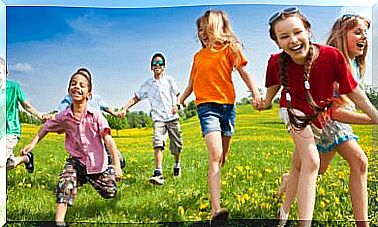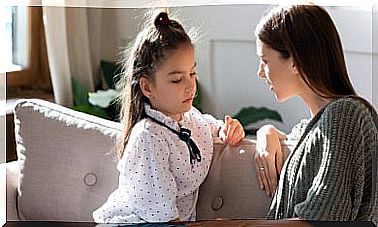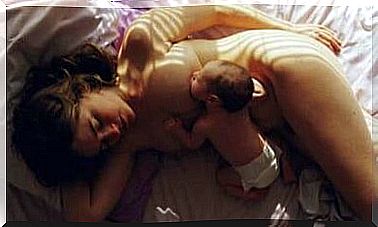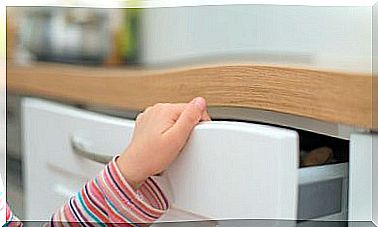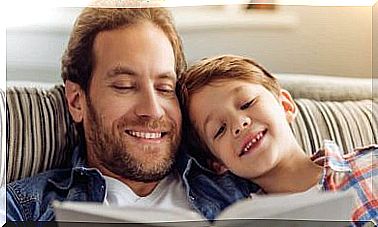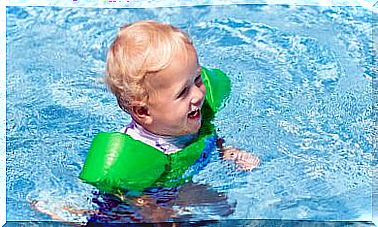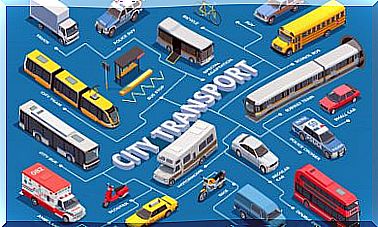What To Do If My Child Does Not Point?
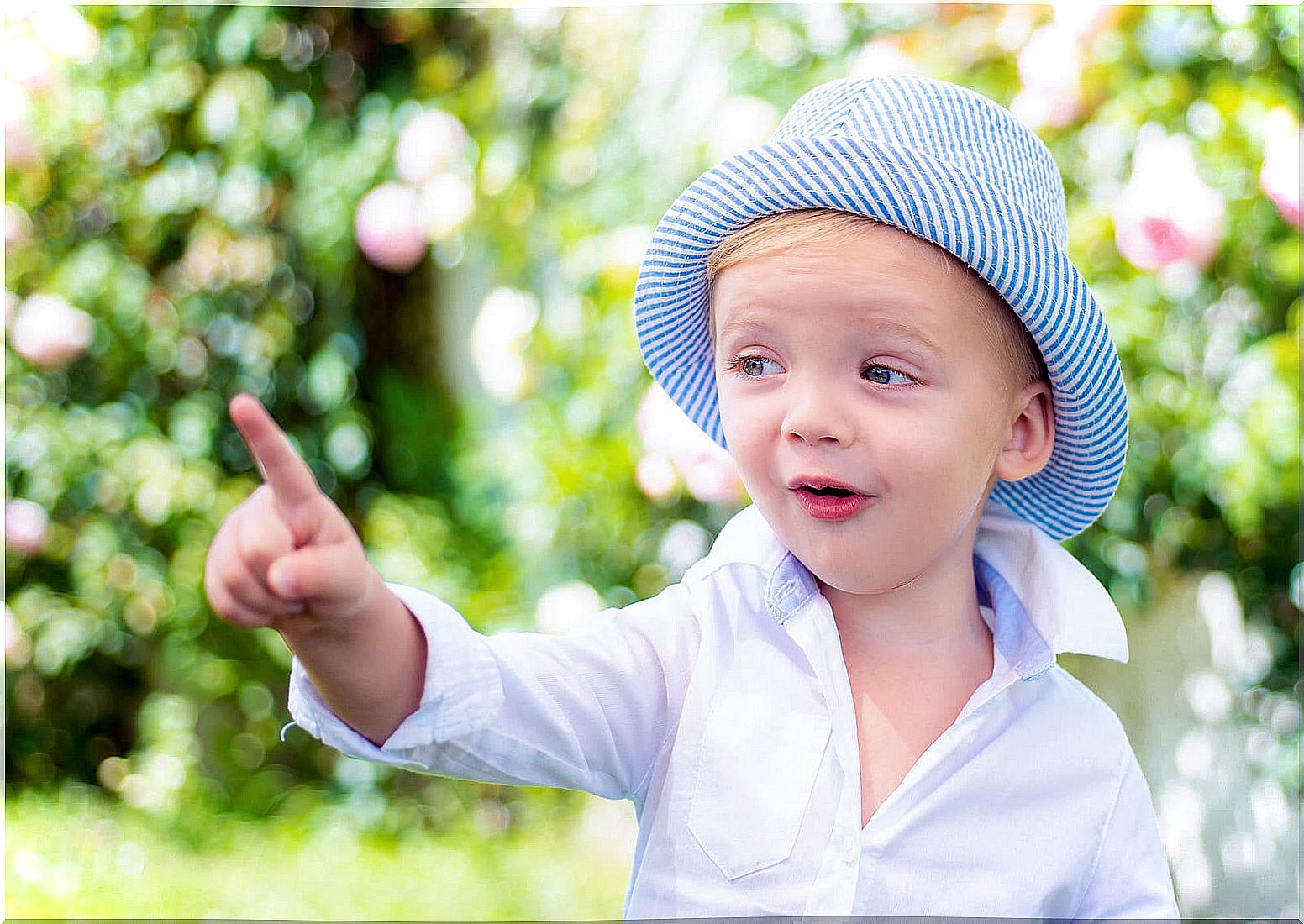
You have been paying attention and you have realized that your child does not point to objects when he wants to get or show you something. Instead, he takes your hand and leads you to what he wants to achieve. In the following lines we give you 5 ideas that will allow you to work with him on this behavior and that will help you solve this question.
For this, it is very important that the little one sees that it is a process of cause and effect ; That is to say, the moment he points to something (or you help him point), he will get the desired object. That is, you must establish the relationship between the behavior of pointing and the consequence of the action (getting what you need).
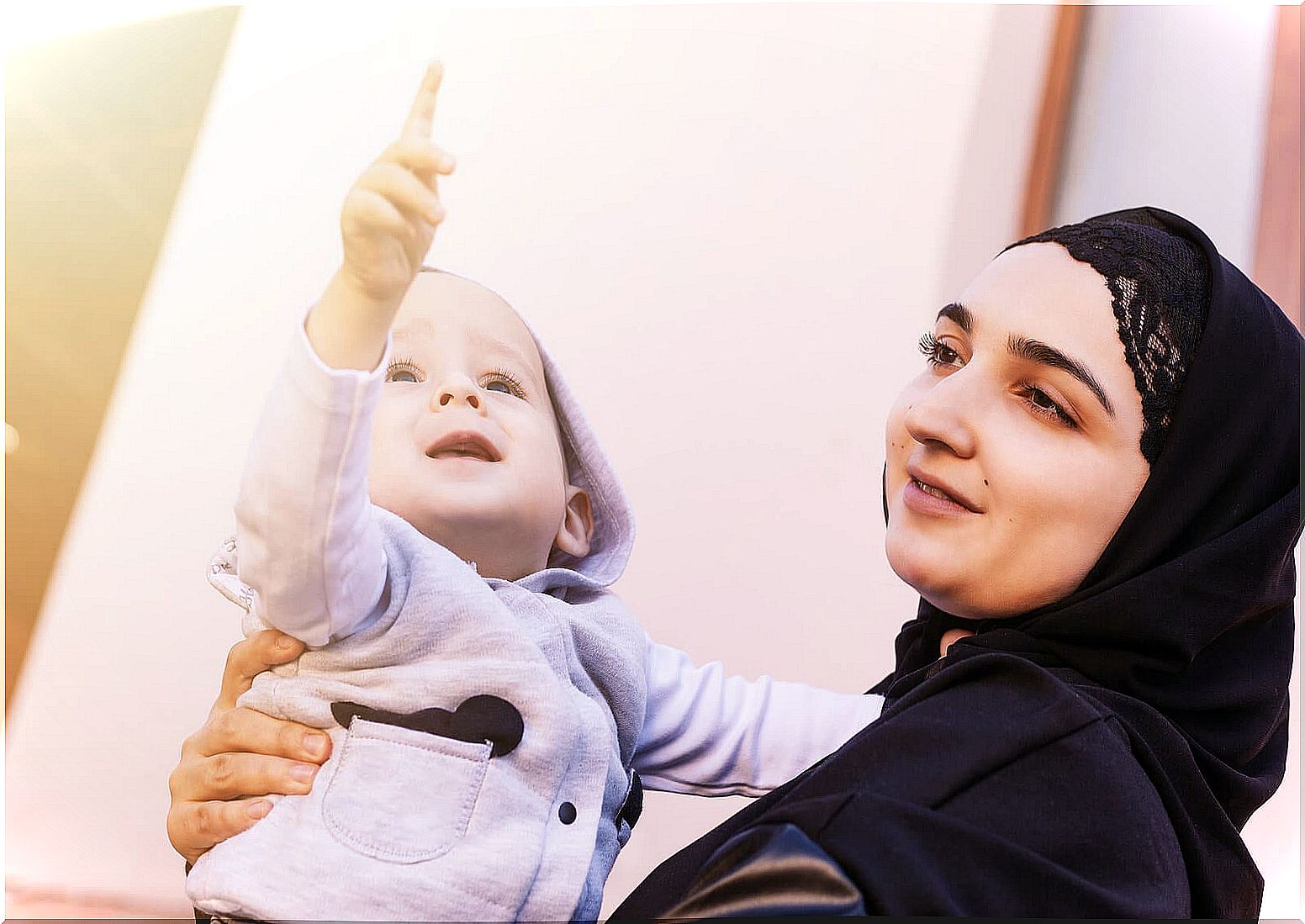
The importance of joint care
Children, when they start to point, can do so for two reasons: to show you something or to get something. In the first case, we speak of a process called “joint attention”, which implies that the child and the adult share an interest in the same object.
According to Butterworth (1991), cited in Escudero et al. (2013), joint attention is “the ability to follow the direction of the other’s gaze, or to look where someone else is looking” . This action will be very important to establish communication turns, as well as the intention and desire to communicate.
What can you do if your child does not point?
At what age should a child point to? Some experts point out that this behavior appears after 8 months and others that after 10 months. However, the band oscillates in these ages. In addition, as parents, we can facilitate the acquisition of this behavior for our children.
In the event that the behavior does not appear, we should consult a specialist professional, since it could be an alarm sign for certain disorders, such as autism spectrum disorder. Here are 5 ideas to get started!
Models his hand
Beatriz Maya, teacher and speech therapist, recommends this first tip that can help you if your child does not point. Thus, when your little one leads you by the hand towards what he wants or needs (a phenomenon called “instrumentalization of the adult”), try to hold his hand and help him to acquire the necessary position to point. Put it into practice every time your child shows this behavior.
If your child doesn’t point, touch the object
Once you have his hand, with the correct pointing position, approach the object you want to get and touch it with your index finger. You can also try helping him maintain this pointing position while you both touch the object. Then give it to him.
Accompany the process with language
Another idea that can help you is to accompany the process with language. Thus, once you touch the object that your child wanted to get, with his index finger, he emits the word in question. For example, say: “car” , “table” , “doll” , and so on.
You can try touching the object with your index finger as many times as there are syllables in the word. This little gesture can help your little one consolidate action and speech, but like the previous steps, it will need to be repeated frequently.
Repeat the above actions if your child does not point
As we said, you have to repeat these small actions so that little by little your child will integrate them; Do them every time you see your child intend to point or when he walks over and holds your hand to show you something. Thus, it is a way for him to acquire and internalize the behavior of pointing.
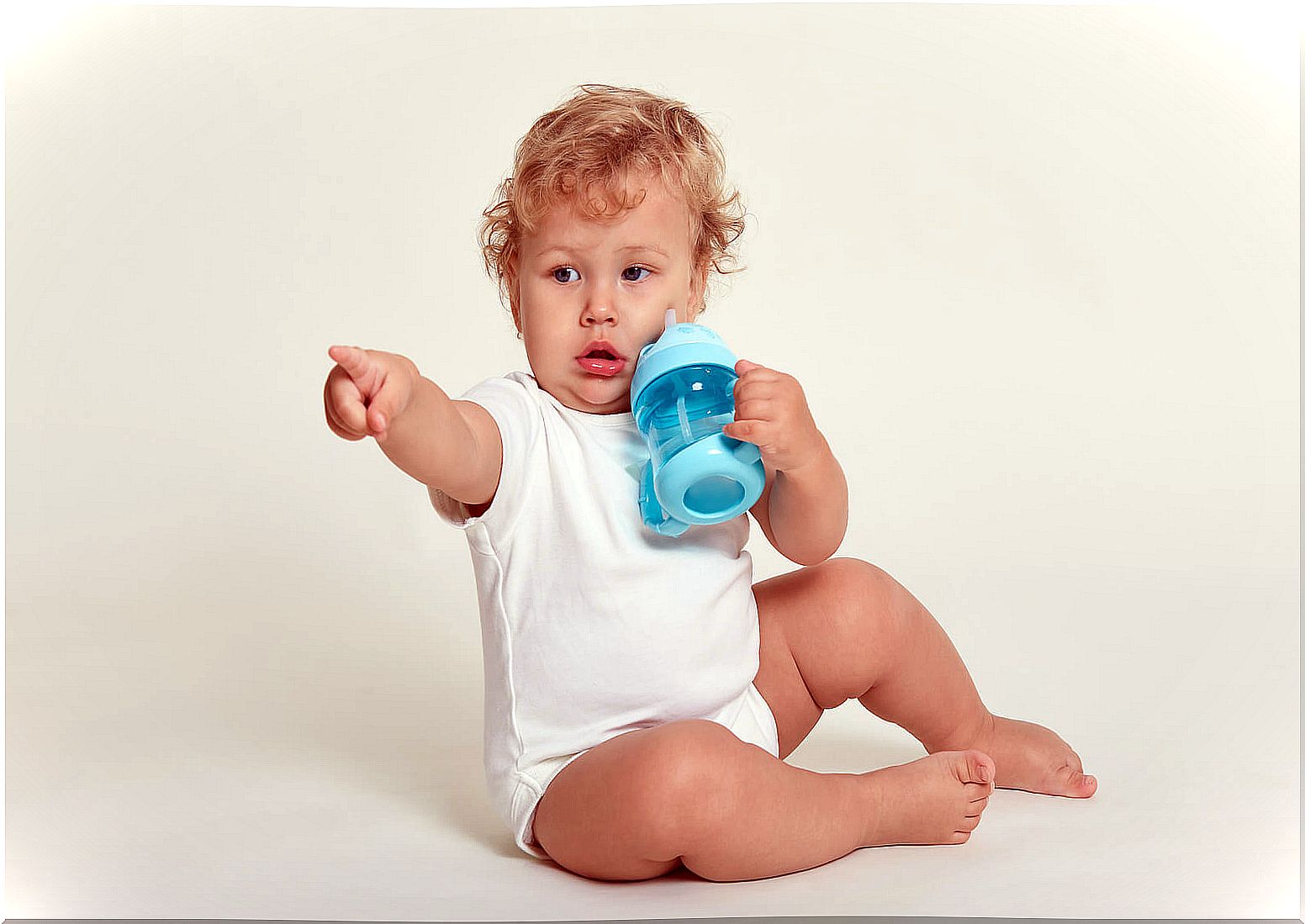
Increase the distance to the object
Once you have been repeating these actions, try increasing the “difficulty” of the action ; To do this, progressively increase the distance from which you point. At first, touch the object with it and, little by little, move away from it, without stopping pointing with your finger. All this he sees doing as he understands the process and integrates the action of pointing.
In short, signage is part of the child’s intentional communication and fostering their development will help us to accompany our child in their growth.
Thus, according to a study by Escudero, Carranza and Huéscar (2013), communication comes from the need to maintain contact with the adult and is initially established from non-symbolic elements, such as joint attention and signaling.
In this sense, this behavior will appear naturally, if there is no underlying neurodevelopmental disorder, but we can also help to enhance it through actions such as those mentioned.

